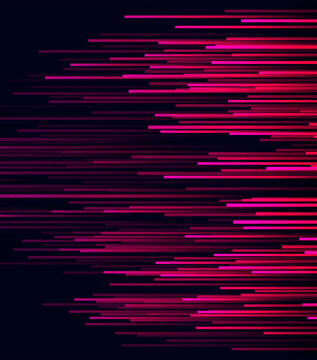
Article
Patient Engagement & UX for Bluetooth Medical Devices
This post was previously on the Pathfinder Software site. Pathfinder Software changed its name to Orthogonal in 2016. Read more.
Interaction with today’s touch interfaces feels numb and yet it seems that device manufacturers are steadily adopting that design solution. I deeply empathize with Bret Victor’s description of “picture under the glass” effect in his article “A brief rant about the future of interaction design”.
I’d like to inquire about the motives behind why did the “picture” end up “under the glass” and what is an alternative.
To start, I am curious to hear what do you do with your smartphone and tablet. Please tell me.
On my smartphone, I:
1. Look for driving directions
2. Send and read messages
3. Check my bank balance.
Yet my smartphone enables me to do so many more things. I find that to be a failure of design to a degree.
Let me put it in a user story:
As a smartphone user, I don’t want to be distracted by all the possibilities that I can use the smartphone for because it’s a waste of time.
With a knife, I cut. Having a knife in a drawer enables me to cut things in my kitchen. Nobody ever blames a knife for not being able to integrate with GitHub. Its design is completed by the nature of its purpose.
I can use a knife as a door stopper, per say, but that is clearly not its purpose which we can conclude from its design.
Problem with “picture under the glass” design is that it is devoid of purpose – by design.
We are supposed to add the purpose by buying an app that fits our need. In order for a multitude of apps to work using the same interface, it needs to be very flexible. iPad design achieved this by making the interface entirely absent and therefore ultimately malleable.
It seems to me that we spend so much time on the enabling part that we forget to do.
We are already enabled to do a lot of things. Like compute. Our brain is fantastic at computing. The span of movement we can perform is astounding. We can talk, read and write! These are all amazing capabilities!
So we all have a lot of great things going for us out of the box. Before adding more capabilities to our list, we should ask the question “What am I doing with what I already have?”.
If we don’t ask that question, we put ourselves in an infinite loop of increasing our potential for when we _might_ need it. While it seems like a good idea, one can spend a lifetime of enabling and not _do_ anything.
This situation is humorously described by Joel Spolsky in the article “Why I hate frameworks”.
My vision of the future of interaction design is about making tools that allow us to _focus_ on the purpose of our action.
That action should not come through a compromise of having a plethora of options that I _might_ use. That action should be the razor’s edge of its purpose.
Would you rather eat your steak with a steak knife or a swiss knife?
In the future of interaction design, I see devices created with their purpose hard coded into them. I see software that doesn’t have configuration options. I see people having the balls to stand behind their design. And if it fails, throw it in the garbage, note lessons learned and make a new one.
Hard coding a purpose into an object requires a determination that stems from the belief in its purpose which liberates us to create an uncompromising design solution.
Otherwise, we shouldn’t waste our time when we can go dancing instead.
Related Posts

Article
Patient Engagement & UX for Bluetooth Medical Devices

Article
How Design Can Improve Ratings for Medical Device Apps

Article
5 Keys to Integrating UX Design With Agile for SaMD

Article
Accelerate Your SaMD Pipeline with Product Analytics